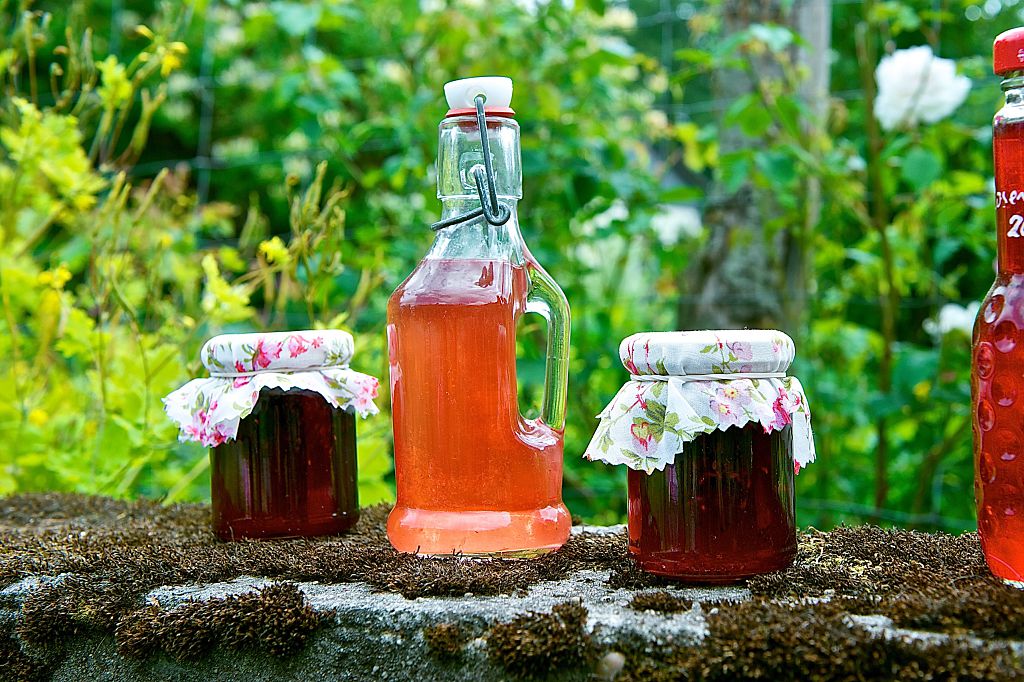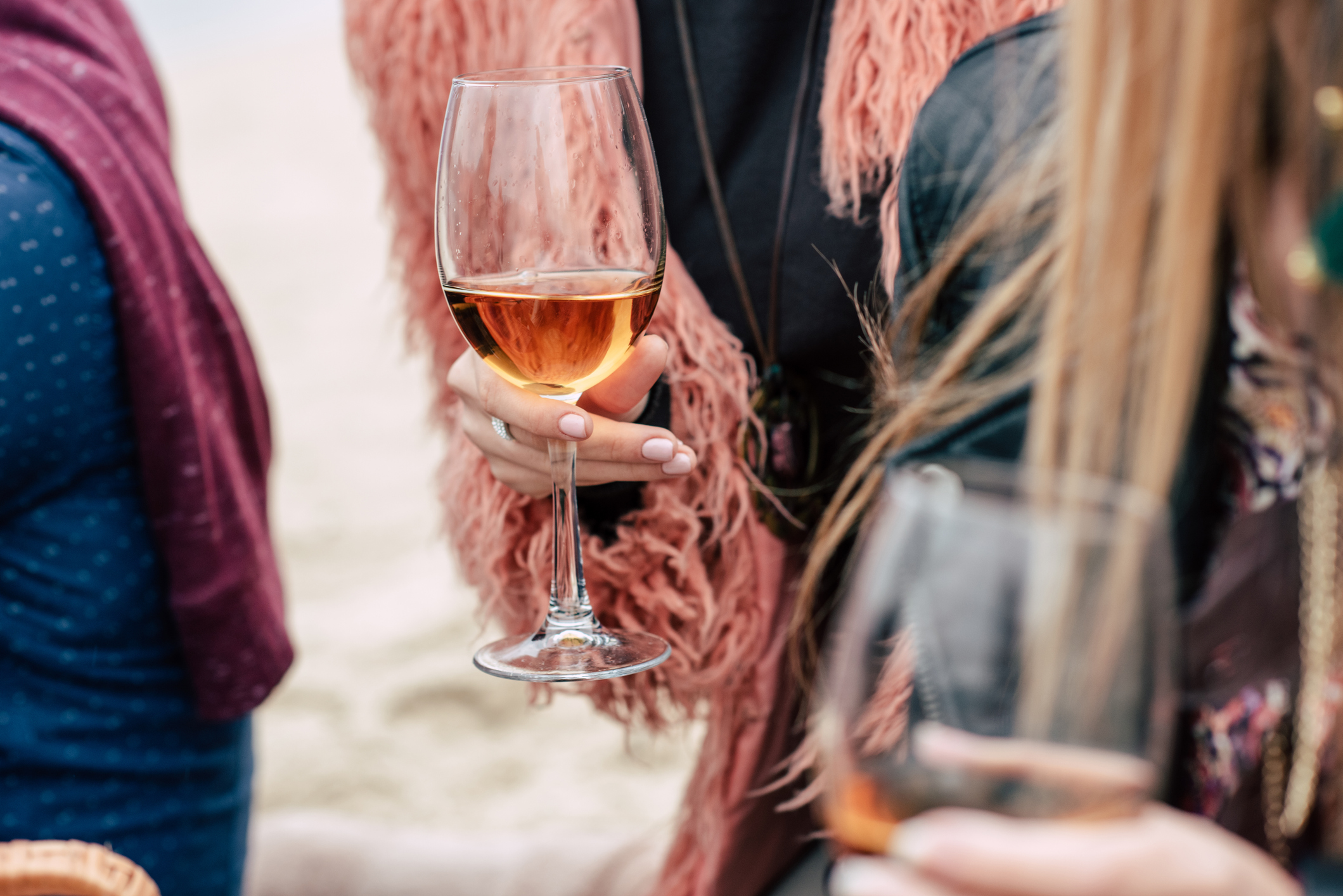Among tastings and experiences in the vineyard, the estate of the Cecchi Family presents itself as the ideal place to immerse yourself in the most authentic charm of Tuscan traditions
Starting from Grosseto and heading towards its hills, towards south-east, it is possible to reach in a few minutes the nearby town of Poggio la Mozza: here, in 1996, the Cecchi family became the owner of the company Val delle Rose, a suggestive Maremma estate that extends in all its beauty over two hundred hectares of land, destined to obtain organic certification by 2021. With vines fed by the prestigious terroir of the area and gently caressed by the winds coming from the sea.
Excellence in a glass
The Val delle Rose winery holds small, large masterpieces in the bottle, capable of telling the traditions of the Tuscan territory directly from the glass. Therefore, among the great wines of the estate we find the Litorale Maremma Toscana D.O.C., white or rosé, obtained from grapes of Sangiovese subjected to light pressing. But also the Cobalt Maremma Toscana D.O.C., produced only in two thousand bottles: in this case it is a Vermentino able to fully honor the excellent characteristics of the terroir, left to mature for 10 months in contact with its own yeasts (50% in wood, 35% in amphora and 15% in steel), to then be aged in the bottle for a minimum of another six months But we must not forget the conspicuous production of very high quality reds, which range from Morellino di Scansano D.O.C.G. to Il Ciliegiolo Maremma Toscana D.O.C., to arrive at the Aurelio Maremma Toscana D.O.C., a refined blend of Merlot (95%) and Cabernet Franc (5%) able to fully represent the spirit of the Maremma.

Discovering the Maremma
Here then is that Val delle Rose turns almost magically into a perfect destination not only for tasting wines of the highest quality, but also for launching oneself to discovery of the Tuscan territory and everything that surrounds the fascinating wine universe. Visitors to the estate will have the opportunity to enter the basement cellar of the property, which is well hosted 400 barriques in which rests the wine destined for aging, to then embark on an authentic adventure among the vineyards in the name of trek. All of this, of course, can only be sublimated by a well-deserved tasting, to be experienced in the wine bar or overlooking the panoramic terrace, complete with local culinary specialties. On the company official website it is also possible to consult the special events scheduled for the coming summer season, with special music-based evenings for a truly unforgettable toast.

